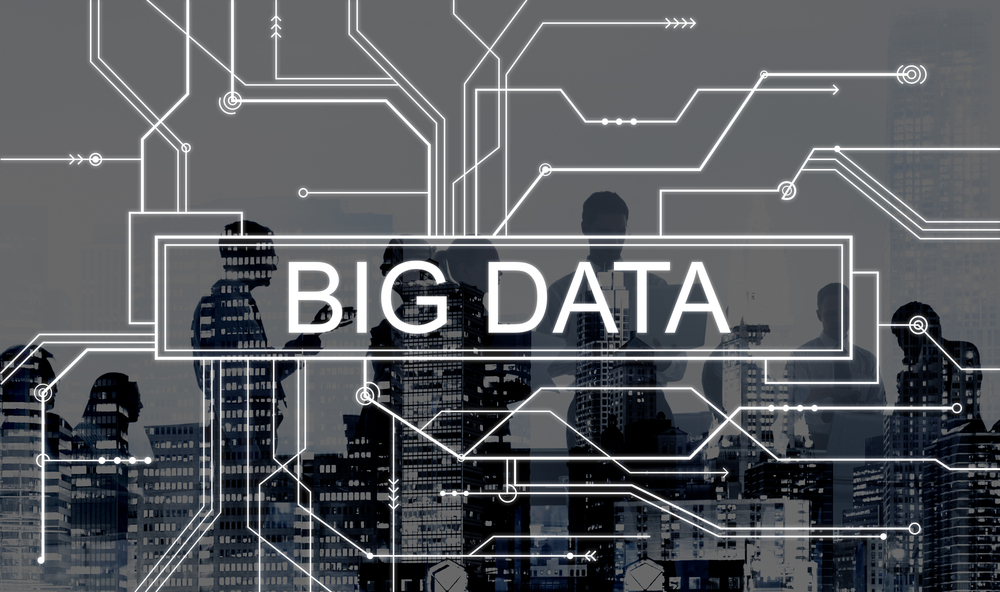
Big Data is the talk of the town these days; not only has it ushered in the next generation of technology, but it has also modified the way businesses and financial institutions are performing their day to day activities.
Financial institutions are always on the lookout to enhance their day to day operations while keeping their competitiveness intact. Let’s have a quick look at analyzing the top 5 financial trends which are quickly taking over the financial industry and paving the path for modernizations.
Strengthening Financial Models: Data is prevalent in every industry. Financial institutions such as banks, lending institutions, trading firms, etc., produce tons of data on a regular basis. To manage such voluminous data, there is an imminent need to bring into operation a data handling language which is equipped to handle, manipulate and analyze massive volumes of information – this is where the role of Big Data comes into the picture. Financial institutions often work on different business and financial models, especially with respect to approving loans, trading stocks, etc. To make efficient working models past data trends need to be taken into consideration. The better the data relativity, the stronger the model and lesser would the risks involved. All such strategies can be derived from the use of Big Data, which in turn becomes an effective method to drive data-driven models through different financial services.
Enhanced Data Processing and Storage: Technology will never stop growing. Since the aforementioned has become an inseparable part of every organization’s life cycle, the data generated by daily operations gives way to the need of the hour storage and data processing. If one talks about the use of Big Data, the name is a clear giveaway in itself; it encompasses the use of the language, which means storing data in the Cloud or on other shared servers becomes a cinch. Thus distribution and processing come as a byproduct of storage capabilities. Cloud management, data storage, and data processing have become the words to reckon with, as more and more organizations are considering opportunities within the technical world.
Machine Learning Generates Better Returns: Financial Institutions deal with customer data on a day to day basis. Not only is such information critical, but very valuable, since it gives insights into the daily functioning of the bank. Considering the sensitivity of the data, there is a pressing need to evaluate the stored data, and protect it from fraudulent activities, while ensuring the risk is reduced drastically. Machine Learning has become an integral part of modern fraud prevention systems, which help to enhance risk management and prevent fraudsters from entering into protected domains.
Blockchain Technology: When customer data is at the fore, and financial transactions are at risk, Anti-Money Laundering (AML) practices become a topic of deliberation. Many people are beginning to give considerable importance to Blockchain technology within the financial industry forum. Blockchain possesses the ability to decentralize databases, and further link separate transaction information through code. This way, it can secure the transactions and offer an extra layer of security to the organizations dealing with sensitive data.
Customer Segmentation: Banks are always under pressure to convert their business models from business-centric to customer-centric models; this means that there is a lot of pressure to understand customer needs and place them before business needs to maximize the efficacy of banking. To facilitate the shift banks need to perform customer segmentation to be able to provide better financial solutions to their customers. Big Data helps perform such tasks with simplicity, thereby enhancing groups and data analysis.
There is no denying the fact that Big Data has increasingly taken over various industries in a short matter of time. The higher the opportunities being exploited, the better the results being displayed by banks and other financial institutions. The idea is to expand efficiency, provide better solutions, and become more customers centric. All the while decreasing the tangent of fraud and risks within the financial domain.
Related Stories
